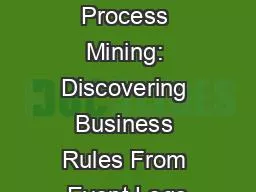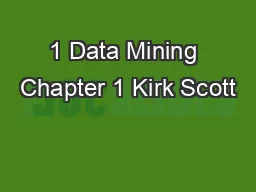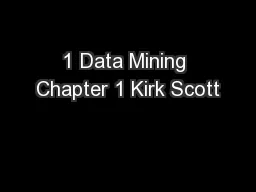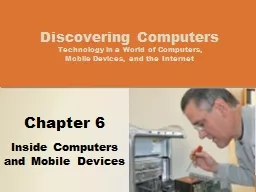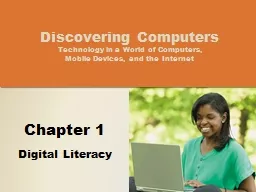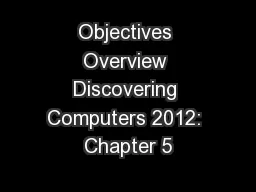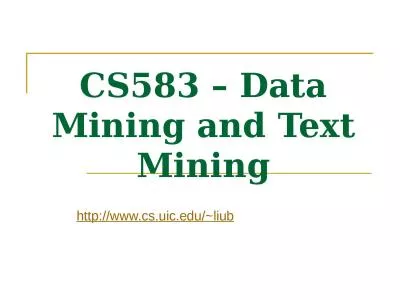PPT-Beyond Process Mining: Discovering Business Rules From Event Logs
Author : enkanaum | Published Date : 2020-08-27
Marlon Dumas University of Tartu Estonia With contributions from Luciano GarcíaBañuelos Fabrizio Maggi amp Massimiliano de Leoni Theory Days Saka 2013
Presentation Embed Code
Download Presentation
Download Presentation The PPT/PDF document "Beyond Process Mining: Discovering Busin..." is the property of its rightful owner. Permission is granted to download and print the materials on this website for personal, non-commercial use only, and to display it on your personal computer provided you do not modify the materials and that you retain all copyright notices contained in the materials. By downloading content from our website, you accept the terms of this agreement.
Beyond Process Mining: Discovering Business Rules From Event Logs: Transcript
Download Rules Of Document
"Beyond Process Mining: Discovering Business Rules From Event Logs"The content belongs to its owner. You may download and print it for personal use, without modification, and keep all copyright notices. By downloading, you agree to these terms.
Related Documents

